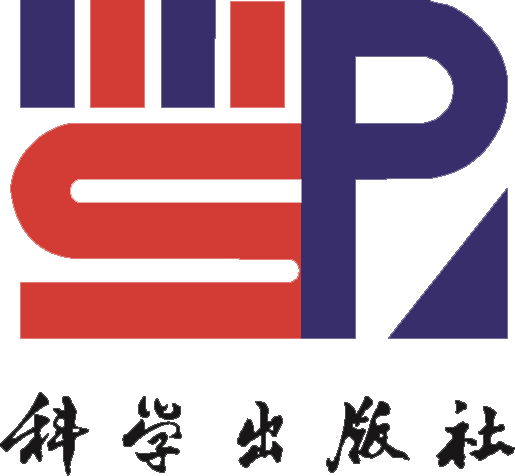Abstract:
The type section of the Paomagang Formation is located at Dangyang in the western part of the Jianghan Basin, Central China. Geological age of the Paomagang Formation was assigned to Late Cretaceous by most palaeontologists based on their palaeontological studies. According to his detailed study on the charophyte fossils from the type section, Li (1985; 1998) suggests a Paleocene age for the greater part of the Paomagang Formation and believes the Paomagang section of the Jianghan Basin spans the Cretaceous/Paleogene boundary. Pollen fossils are the key stratigraphic tool in defining the terrestrial Cretaceous/Paleogene boundary in North America. Up to date few fossil pollen grains were obtained from the type section of the formation. The Upper Member of Yuyang Formation is the contemporaneous subsurface sediments of the Paomagang Formation. Its geological age is considered as the same as that of the Paomagang Formation. To ascertain the potential Cretaceous/Paleogene boundary in the basin we processed some drilling core samples for pollen from the Upper Member of the Yuyang Formation. Most of the processed samples do not contain significant amount of fossils except those from Well Qu 3 at the Qujiawan area of the basin.The fossil pollen flora from Well Qu 3 favours Li's argument of potential Cretaceous/Paleogene boundary in the Jianghan Basin. The palynoflora obtained from the Upper Member of the Yuyang Formation is dominated by angiosperm pollen, amounting to about 80% of the total. Gymnosperm pollen occupies some 14% of the total. Ephedripites constitutes the main body of the gymnosperm pollen. Percentage of spores is low (6%), about half of which is Pteridaceoisporites. The palynoflora contains abundant Quercoidites, Ulmoideipites, Salixipollenites, Rhoipites, Sapindaceidites, Nanlingpollis, Rutaceoipollis, Pentapollenites, Tricolporopollenites, with very a few of Cretaceous pollen types. Comparing the pollen sequences of the Jianghan Basin (Wang and Zhao, 1980b) and Sanshui Basin of Guangdong (Song et al., 1986), the present pollen palynoflora bears much more resemblance to the Early Paleogene assemblages, rather than the Late Cretaceous ones. On the other hand, many common members of this pollen flora, e. g. Nanlingpollis, Pentapollenites, Rutaceoipollis, Quercoidites microhenrici, Q. henrici frequently appear in the Paleogene, especially Paleocene pollen floras of southern China. While those Cretaceous types of South and Central China are individual or absent, i. e. Classopollis, Sapindaceidites projectus, Schizaeoisporites, Rugu- bivesiculites , Callistopollenites, Jianghanpollis, Cranwellia, Morinoipollenites, Consoliduspollenites. Therefore, this palynoflora probably belongs to Paleocene in geological age. In other words, the Upper Member of Yuyang Formation probably spans the Cretaceous/Paleogene boundary and contains some Paleocene sediments in its upper part.







